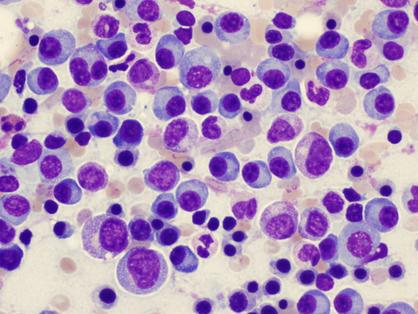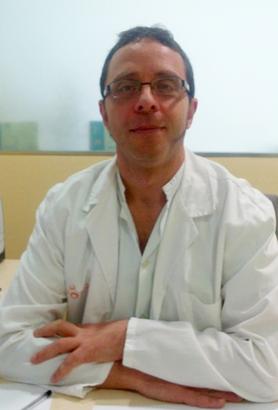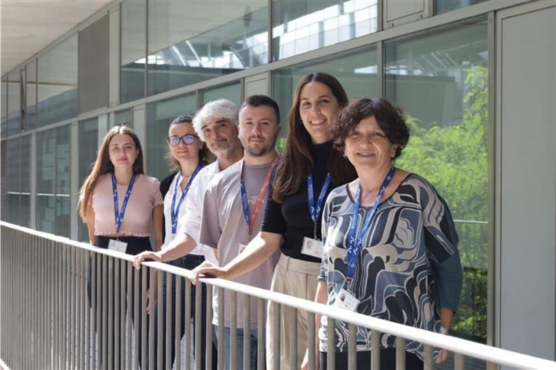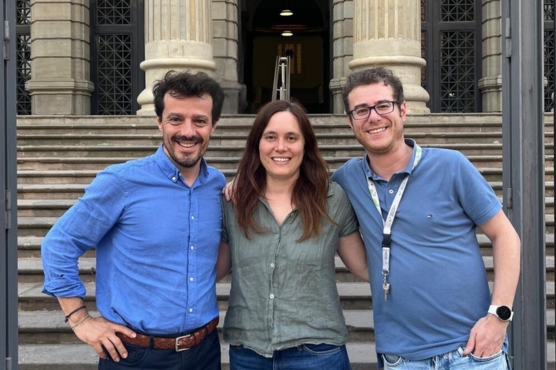The José Carreras Leukaemia Research Institute (IJC) participates in two major international studies.
- The Josep Carreras Leukaemia Research Institute (IJC) has participated in a major international study published in the New England Journal of Medicine, aimed at improving the treatment of patients with multiple myeloma not eligible for bone marrow transplant due to advanced age, these being the majority.
- Another global project, published in Cancer Cell, with active participation of the IJC, has identified a cellular mechanism that causes a particular type of myelodysplastic syndrome, a type of blood cancer.
Progress in multiple myeloma clinical research
A total of 1,623 patients suffering from multiple myeloma, who cannot undergo a bone marrow transplant due to their advanced age or other medical problems, took part in a global study conducted in 246 treatment centres in 18 countries. Some of these patients have been diagnosed and treated at the Institut Català d’Oncologia (ICO) / Hospital Germans Trias i Pujol by Dr. Albert Oriol. Oriol is a clinical researcher at ICO and at the Josep Carreras Leukaemia Research Institute, and he has led this participation. The results have just been published in the New England Journal of Medicine, the most prestigious clinical research journal in the world.
Patients participating in this trial were divided randomly into three groups: the first group received a combination of lenalidomide and dexamethasone in 28-day cycles until disease progression, the second group underwent the same treatment for 72 weeks (18 cycles), and the third group received standard therapy (melfalan-prednisona-talidomida MPT) in 42-day cycles for 72 weeks (12 cycles).
Patients who received a continuous combination of lenalidomide and dexamethasone lived longer without disease progression (average 25.5 months) compared to 20.7 months for those who received 18 cycles and 21.2 months for patients treated with MPT standard therapy. The study also examined the side effects which were significantly improved.
The results of this study gives more hope to multiple myeloma patients, a bone marrow cancer that affects plasma cells predominantly in older people, the average age at diagnosis being 65. Currently, none of the chemotherapy procedures have a healing capacity.
This disease is only curable by performing a stem cell transplant (from a donor). Unfortunately, this treatment is rarely used due to the advanced age of most patients and the high toxicity of this procedure. Although the results are positive, the authors of this international clinical project recommended further studies to analyse overall survival in a longer period. They conclude that lenalidomide and dexamethasone therapy is a good option for elderly patients newly diagnosed with multiple myeloma or unfit for a stem cell transplant.
Progress in the knowledge of how a particular type of myelodysplastic syndrome (MDS) is produced
This other scientific paper, published this trimester in the prestigious journal Cancer Cell by a team of scientists from American and Spanish institutions, including the Josep Carreras Leukaemia Research Institute have identified the precise mechanism involved in some cases of MDS 5q- Syndrome. This discovery could be used in the future to develop a possible disease therapy. The cellular study, in this case, has prepared the way for the delicate task of finding a new drug that is safe and effective for people. The coordination of this project has been carried out by the group of Dr. Benjamin Ebert in Boston and by the group of Dr. Francesc Solé at the Josep Carreras Leukaemia Research Institute and Vera Ademà, a PHD student in the IJC group also participated in the project.
Under the name myelodysplastic syndromes (or MDS) there are a number of diseases whose common feature is that stem cells, the cells responsible for producing all blood cells, have a defect that makes them produce abnormal cells which are unable to perform their normal functions. The abnormal cells proliferate leaving smaller numbers of the cells that work normally. As in the previous case of multiple myeloma, there is no curable treatment for MDS apart from undergoing a stem cell transplant, which is limited to younger patients (under 60) and for those for whom there is a compatible donor. Unfortunately most patients with MDS are out of this group and have few treatments available. None of the existing treatments of the disease prevents the transformation to acute myeloid leukaemia and only slows the progression of the disease. The heterogeneity of MDS is the main barrier for the development of specific treatments.









